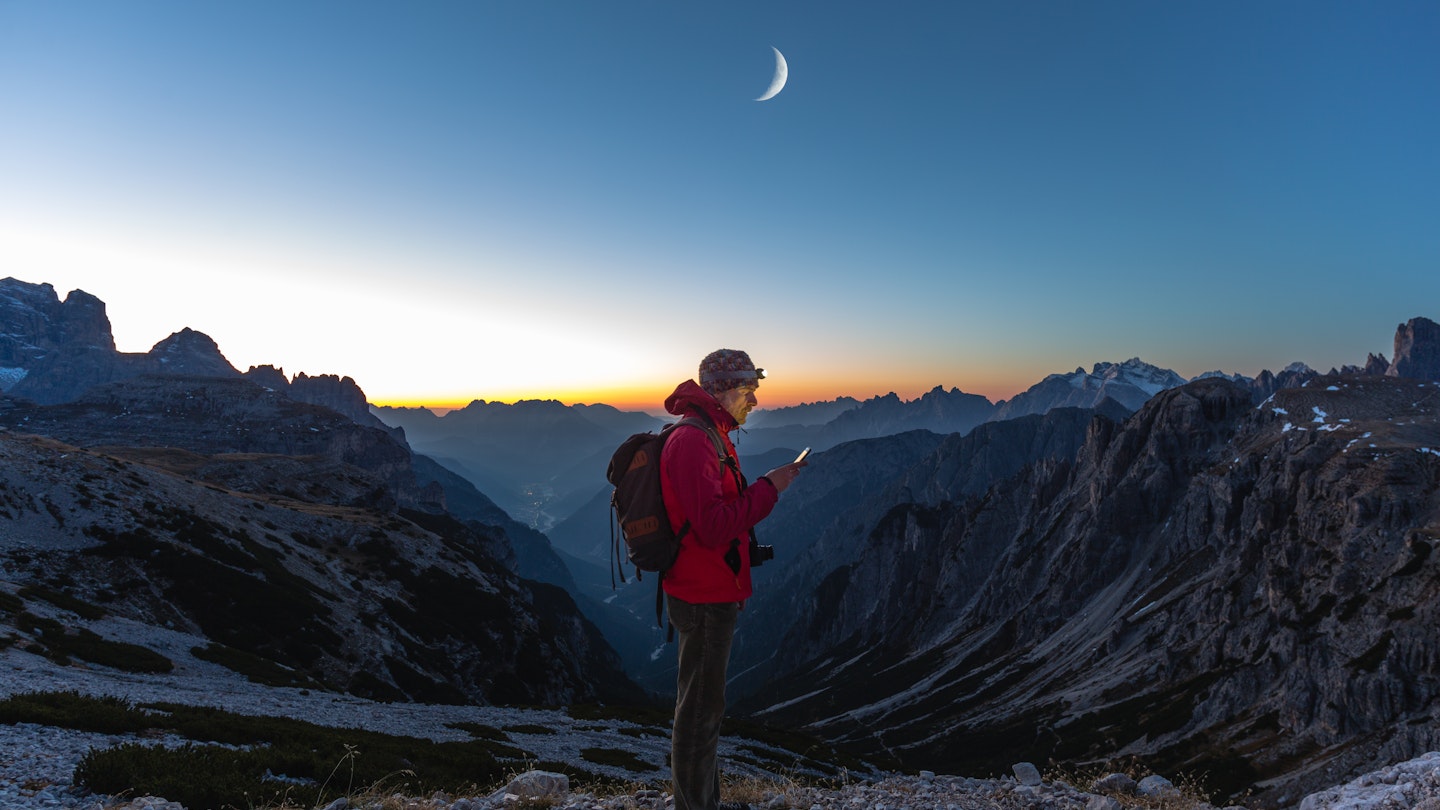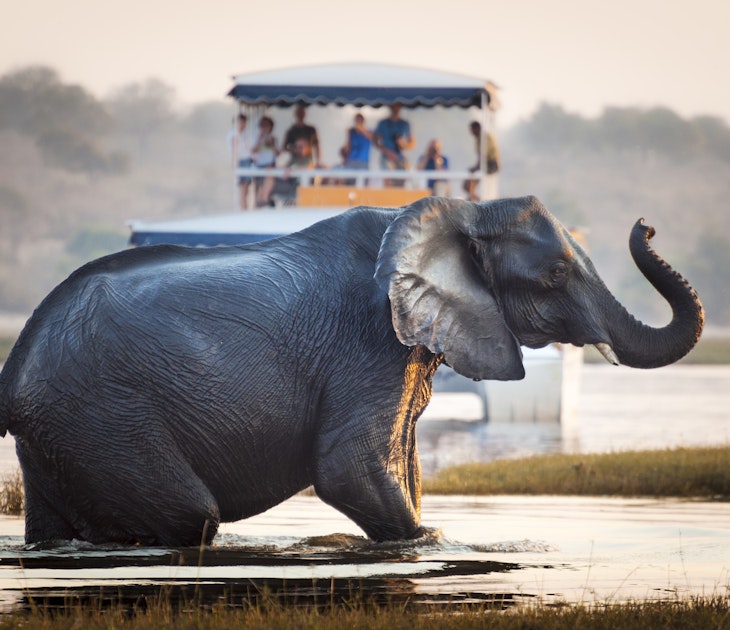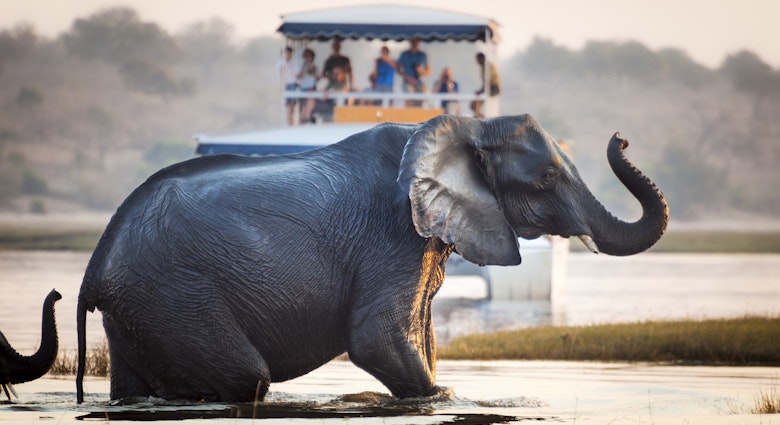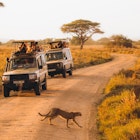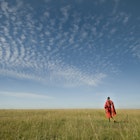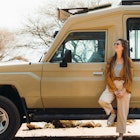The information minister of Tanzania recently announced high-speed internet services have been installed up Mt. Kilimanjaro.
My own quest to make it up the mountain began less than a year ago when I signed waiver after waiver to summit via the most dangerous route: the Lemosho Western-Breach.
This nine-day trek approaches the summit, Uhuru Peak (19,354 feet/5895 meters), by crossing the path of an unpredictable melting glacier capable of releasing falling rocks and boulders weighing tons. In 2006 three US climbers were killed this way and several porters were severely injured; every year around 10 people lose their lives on Kilimanjaro. As I ardently trained to be physically ready for my trip up the highest mountain in Africa, I couldn’t help but contemplate the risks involved.
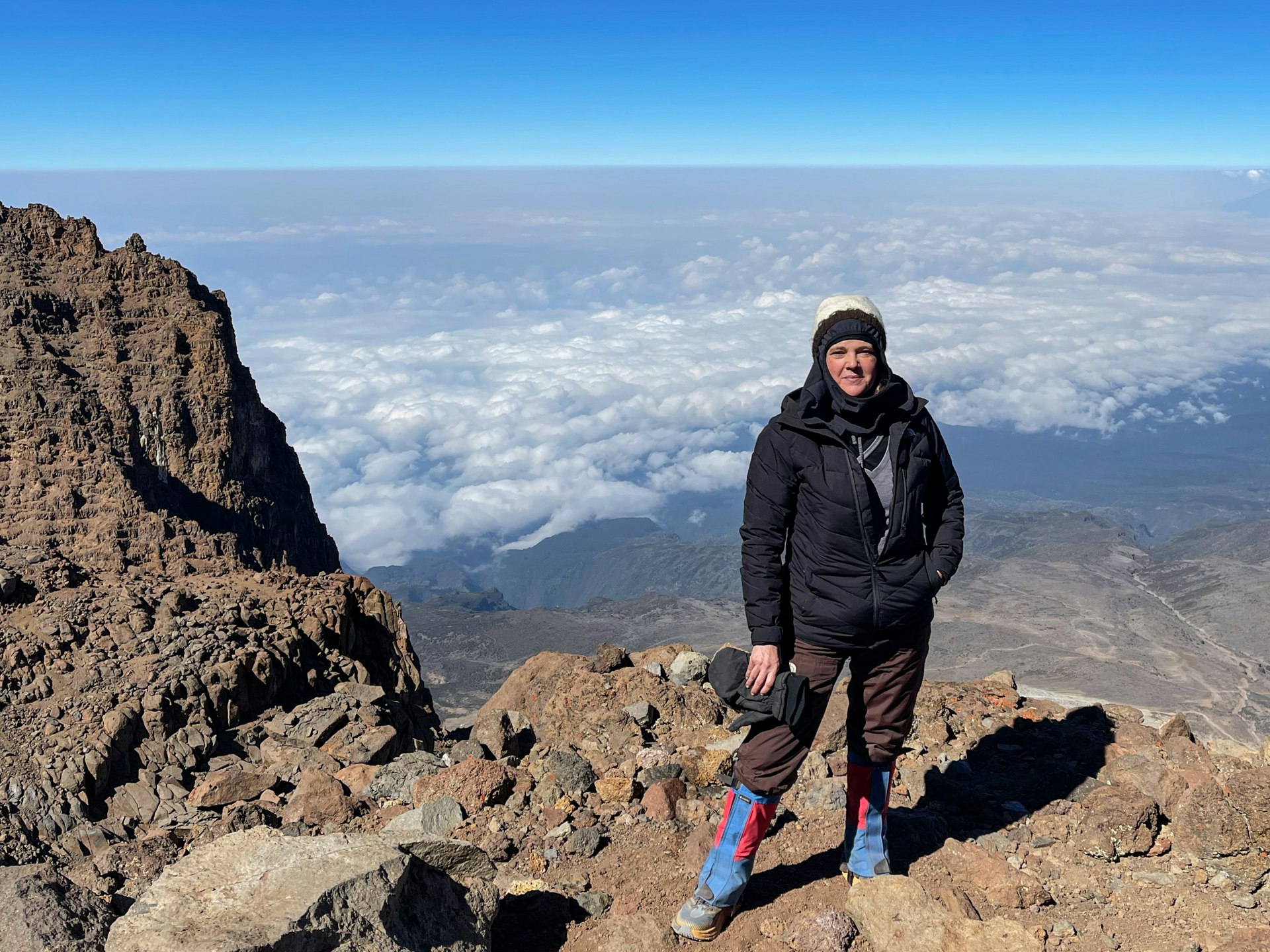
My project to photograph Unesco World Heritage Sites is the reason I chose to climb and while I knew there are hundreds of easier sites to get to and photograph, I wanted this one to be my next personal challenge to keep doing hard yet amazing things.
Now that it’s possible to get internet access on Kilimanjaro and SpaceX and T-Mobile are promising universal cell phone connectivity, I reflect back on how the experience would be different if I had made the climb while connected to the outside world. The angst of hovering over a laptop or sticking my head into the black hole of TikTok instead of chatting about the day with my fellow climbers in the dinner tent is exactly what I wanted to escape on this trip.
No, you shouldn't stack rocks on your next hike. Here's why.
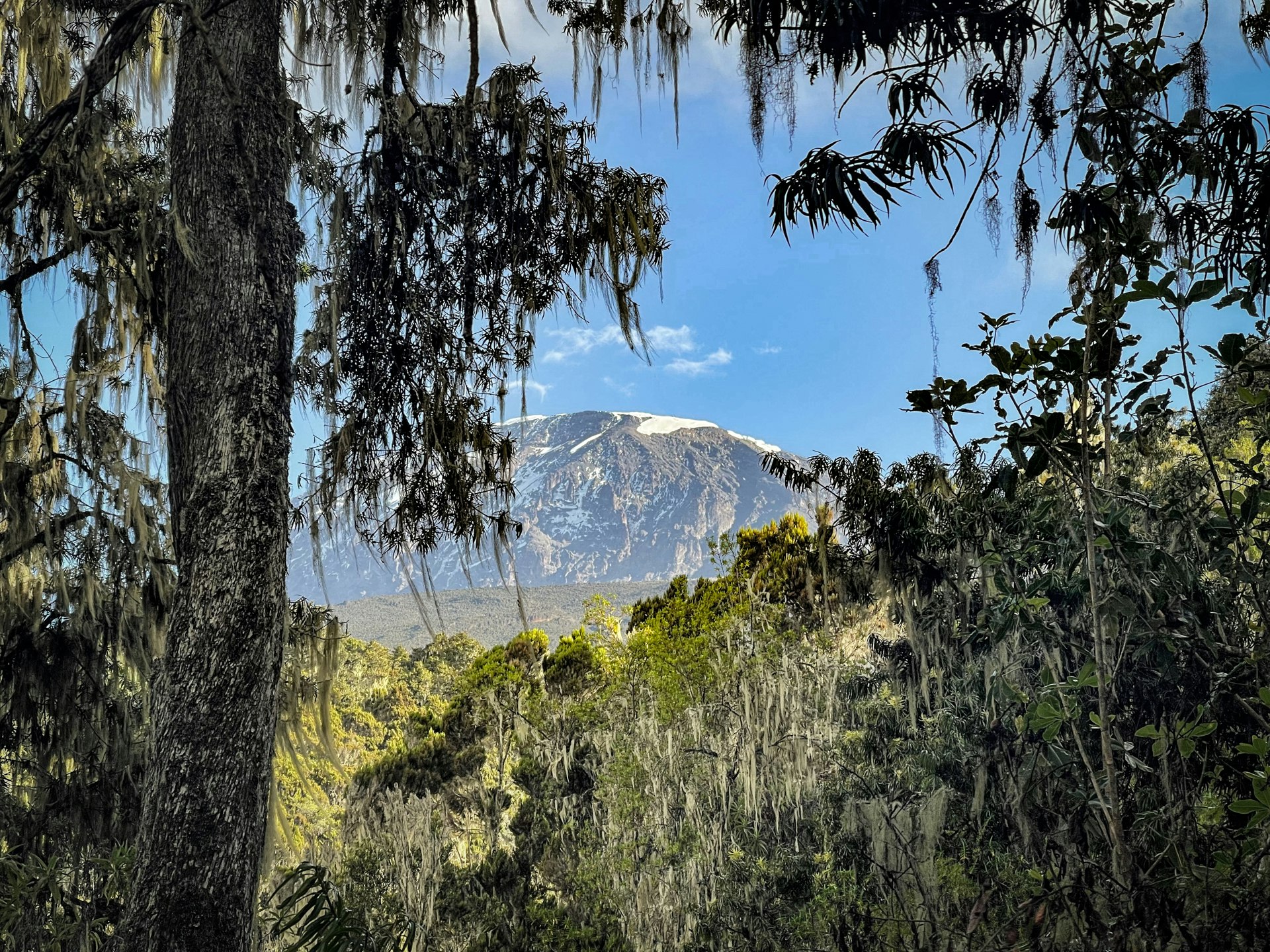
The case for leaving your smartphone behind
Adventures like climbing Kilimanjaro are once-in-a-lifetime experiences and shouldn’t be spoiled with a live connection to the every-other-day-in-a-lifetime homology. They deserve full attention away from the beeps, buzzes and distractions caused by menial things happening back home, social media and the mindless scroll.
In certain spots along my climb, with enough patience and good weather, it was possible to pick up some signal. One of the perks offered by Kiliwarriors Expeditions, the tour operator I climbed with, was to post photos and updates on social media about our progress up the mountain. To make this happen one of our guides would hang out in that known location to send everything out. This was perfect because people back home (ahem, my proud yet worried mom) followed their account and got to see how the trip was going. Untethered from the obligatory check-ins that people have come to expect in an ever-connected world, I loved the freedom from worrying that people would worry.
Why I chose to (mostly) hike without cell reception
Being without the internet was part of the experience I was after. Before dinner each night I journaled the day in my Field Notes and watched the sunset. With no cell service or internet, I wasn’t tempted to look at my phone and text out how my day went or post a humble brag to social media. I watched the sunset. On Mt. Kilimanjaro.
Over the course of seven ascension days I focused on my goal of reaching the summit and absorbed the subtleties of hiking through five climate zones. I photographed the landscape as it shifted from a lush forest populated by monkeys to an arctic ice field punctuated by a receding glacier. The higher my body went, my senses noted a gradual decline in the flavor of our meals and my sunscreen smelled less tropical. A single solar-charged bulb lit the mess tent and every night I stayed in there way past dinner, swapping travel stories and sharing advice with others on the climb, I got to know them and about their family. Would my phone’s tractor-beam have been too powerful for me to stay fully engaged in the moment?
9 common mistakes to avoid while hiking and camping
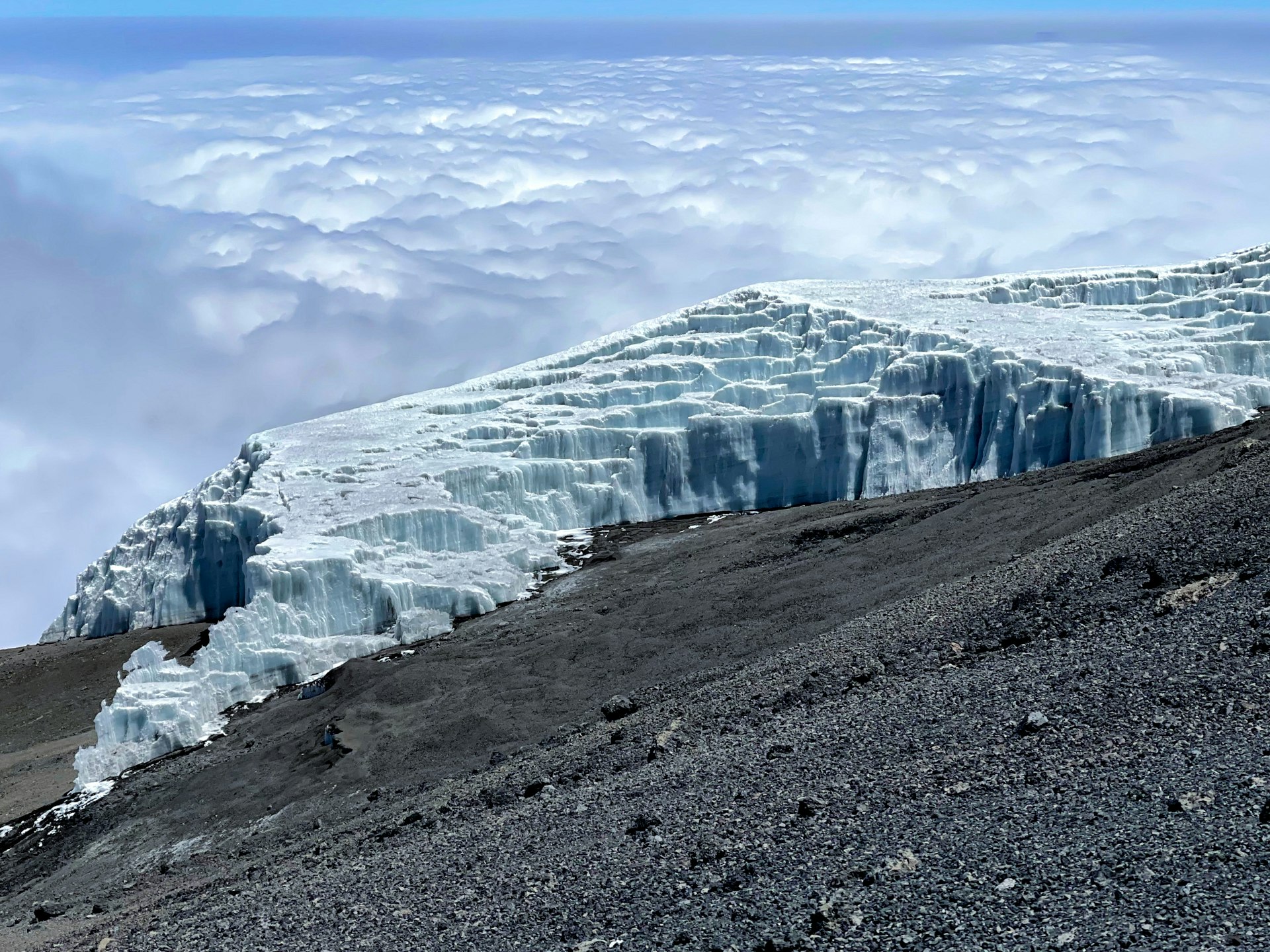
The stress of spotty reception
Altitude fatigue began to call the shots on my fourth day of climbing. The relatively short hike to Lava Tower Camp, a mere three hours, was deceptively exhaustive. Plus, it was cold. After an attempt at a recharge nap I emerged from my sun-warmed tent, still groggy and sluggish. There were several hours of daylight left and little to do except take it easy and rest more. We were camping here for two nights to acclimate to the altitude and prepare our bodies for the summit. I’d heard from one of the guides, somewhere at the foot of Lava Tower was a good place to try and get cell reception. Texting people back home still wasn’t a priority but I thought sending out a couple of surprise, “Hey, I’m doing great!” messages would be a fun way to pass time. I found the reception spot easily because it was the only cropping of rocks that had half a dozen or more members of our support crew perched around looking at their phones.
The wind was bitingly cold and my fingers felt like they were being penetrated by ice needles as my gloveless hand tried to type messages and scroll through photos to find the one I wanted to attach. I was able to eventually get two SMS messages out but only after several attempts and lots of shuffling back and forth with my arm outstretched and eyes focused on the number of reception bars. Others, more persistent than myself, were still perched when I gave up and began my slow walk back to camp. Perhaps they had better luck finding a signal or had more pressing reasons to keep trying to get a message out. I was too cold and tired to even care if my people heard from me. At camp, I propped myself on a spare propane tank in the kitchen tent. The heat from the gas cook stove brought the feeling back into my numb fingers but I didn’t even try to reach for the phone in my coat pocket and try again. Everybody back home knew I would be unavailable and the novelty of not caring about being connected with the outside world still hadn’t worn off.
A beginner's guide to backcountry camping
My smartphone still came in handy, here's how
Even though I wasn’t planning on using my phone to stay connected, I didn’t for once consider leaving it behind. Before dinner, the first night on the mountain, I did a walk-through video of the entire camp, photographed the sunset from an overlook point, and took a few selfies. Back in my tent, too hyped up from the day’s adrenaline to fall asleep, I started what became my nightly ritual: I curated my favorite photos and videos from the day. With no service, I couldn’t post to Instagram but I kept things organized and ready for when I got back on the grid. I pulled up the screenshot of the trip itinerary and went over (for the umpteenth time) the altitude gain and climate zone we would be in the next day. I used the notes app and added a few quick thoughts that weren’t worth the effort of pulling out my paper journal. In the middle of the night, the glow of the lock screen supplemented the moonlight when I needed to answer mother nature’s call.
What it means to Leave No Trace: 8 principles to be more mindful outdoors

Keeping things charged on your adventures
To slow down the drain on the battery during the overnight freezing temps I kept my phone, along with my camera batteries and charging bricks with me in the sleeping bag. There is absolutely no charging station and to cover the full 9-day trek I brought along no fewer than three battery backups in addition to four spare camera batteries.
Hike the world in 2022: best walks by continent
The alternative options for what to do if there is no cell signal
When trekking, hiking or camping in remote areas, emergency communications should always be part of the travel plan. Until Elon Musk and T-Mobile make good on their promise, a satellite phone can offer dependable communications in all but indoors and in severe weather conditions. Coverage and pricing depend on what satellite network the phone is connected to with phones that can start in the $200 USD range and service plans around $100 USD a month for 10 minutes of air time. Rental options are also available if it’s only needed for one or two adventure trips a year. A phone can be rented for around $45 USD a week and plans start at around $50 USD for 30 minutes.

